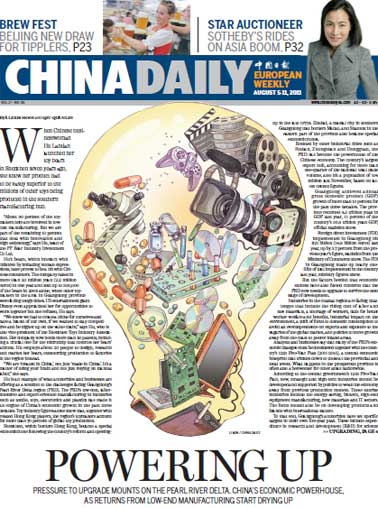Society
Palace Museum covers up 4 more mishaps: blogger
Updated: 2011-08-06 08:47
By Cheng Yingqi and Zhang Zixuan (China Daily)
BEIJING - After admitting that a priceless porcelain dish had been broken by accident, the Palace Museum is now faced with allegations that it tried to cover up four other mishaps that damaged important artifacts.
On July 31, the Palace Museum in the Forbidden City admitted that a 1,000-year-old dish belonging to its collection of invaluable porcelains had been damaged while scientific research was being conducted on it.
The piece that was damaged was one of the State's first-class celadon-glazed dishes and a masterpiece of Ge kiln porcelain from the Song Dynasty (960-1279). A researcher accidentally smashed it into six pieces after incorrectly operating a testing instrument, according to an investigation conducted by the museum.
The museum's confirmation came only after a blogger named "Longcan" wrote about the accident on his micro blog on July 30. He said the museum had tried to cover up the damage.
The whistle-blower returned to the Internet on Tuesday, writing in his blog that the museum had covered up four other accidents in which important artifacts had been damaged in recent years.
"In 2006, they destroyed a talisman of the Ming Dynasty (1368-1644) and in 2008, a Buddha statue," Longcan said in his blog, adding that he got the information from an unnamed insider.
"And an artwork that had been carried in the armpit of a staff member named Ren Wanping was also smashed. Don't you remember?"
The post soon received thousands of clicks and was forwarded by various media outlets.
On Friday, Feng Nai'en, museum spokesman, told China Daily that Palace Museum officials know of the allegations and have ordered an investigation in response.
"We are verifying the situation and will soon give a report," Feng said. "Before then, we will release no further information to the public."
According to the Law on the Protection of the Cultural Relics of China, museums should tell cultural authorities of any damage that is inflicted upon grade-one artifacts in their collections. The law, though, does not go so far as to specify how quickly such cases should be reported.
Pan Shouyong, a professor of the Minzu University of China, blamed the alleged accidents on the fact that there are few professionals among museum workers.
"The repeated occurrence of accidents in the Palace Museum shows that the workers there lack professional qualities," Pan said.
In 2008 and 2009, nearly 90 percent of museum employees in China did not have college degrees and very few of them had studied museum-related subjects, according to a survey conducted by Pan. He said the display and daily maintenance of cultural treasures requires specialized knowledge and that people without professional training cannot do the work properly.
Perhaps for that reason, the State Administration of Cultural Heritage has been calling since 2010 for the establishment of a vocational qualification system to be used in finding workers for China's museums.
The country's museums now have 59,900 employees, and only 4.5 percent of them are senior professionals and technical personnel and 13 percent are intermediate professionals, according the administration's website.
Another rumor recently spread on the Internet held that the Palace Museum bought five rare Song Dynasty letters during an auction in 1997. But in 2005, the five letters showed up again on the auction market and were sold for three times the price they had fetched in 1997.
Asked about the rumor, Feng said: "The Palace Museum never bought the five Song letters in 1997."
E-paper
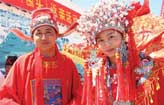
My Chinese Valentine
Local businesses are cashing in on a traditional love story involving a cow herder and a goddess
Outdoor success
Lifting the veil
Allure of mystery
Specials
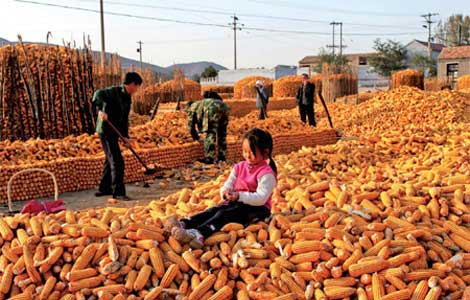
Sowing the seeds of doubt
The presence in China of multinationals such as Monsanto and Pioneer is sparking controversy
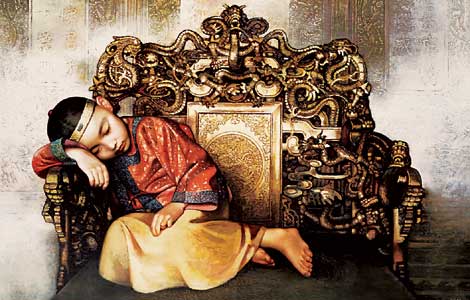
Lifting the veil
Beijing's Palace Museum, also known as the Forbidden City, is steeped in history, dreams and tears, which are perfectly reflected in design.
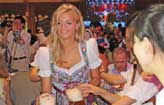
Beer we go
Early numbers not so robust for Beijing's first international beer festival
